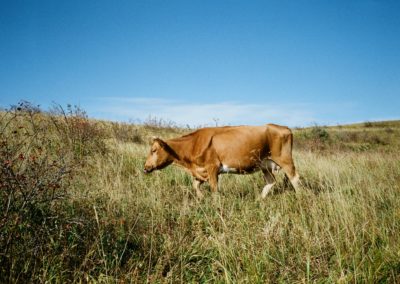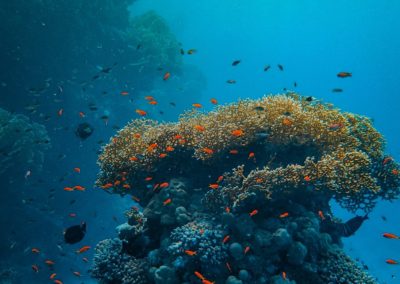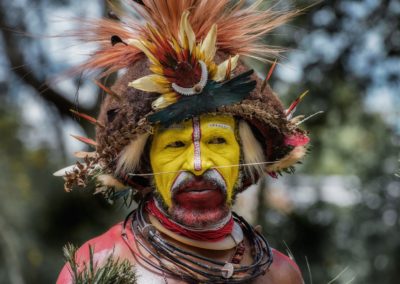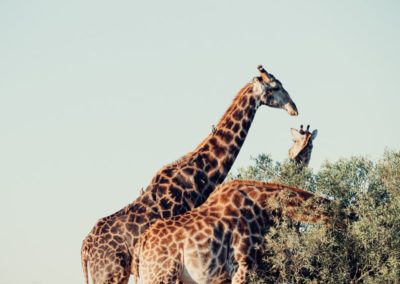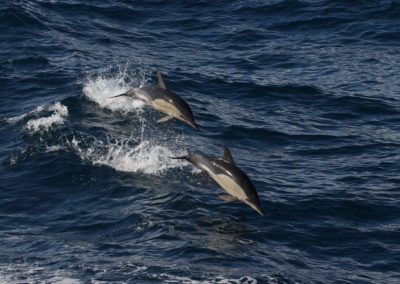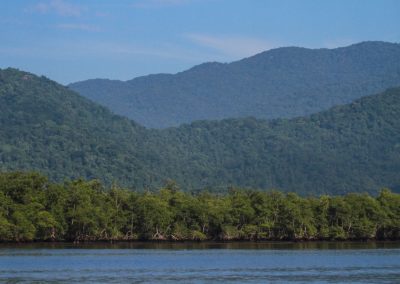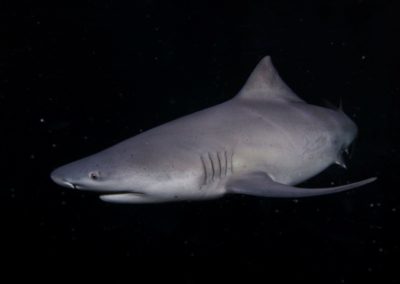Restoration for Brazilian Atlantic Forest mammals
Background
The Brazilian Atlantic Forest is located along the south-eastern coast of Brazil and falls within seven main biogeographical subregions. Each biogeographical subregion is characterized by different amounts and types of forest cover and degrees of habitat fragmentation. The Brejos Nordestinos subregion represents less than 1% of the Brazilian Atlantic Forest and was excluded from this analysis.
Although the Brazilian Atlantic Forest is a highly biodiverse biome, with over 2200 vertebrate species described, mammals can be considered useful surrogates to guide restoration initiatives in data deficient systems. We chose two mammal species, the bare-tailed wooly opossum (Caluromys philander) and the ocelot (Leopardus pardalis), based on three criteria: (i) terrestrial and primarily forest dwelling, (ii) widely distributed in the Brazilian Atlantic Forest and (iii) representing low and high dispersal abilities and habitat patch requirements, respectively (i.e. opposite ends of these spectrums). C. philander has a mean inter habitat matrix dispersal distance of approximately 30 m and has a mean home range size of 3 ha, while L. pardalis has a mean dispersal distance of approximately 13,000 m and has a mean home range size of 500 ha.
Species persistence often depends not only on habitat protection, but also on habitat restoration. The effectiveness of species conservation through habitat restoration can be enhanced by explicitly considering ‘habitat availability’, the combined effects of the total amount of habitat and its spatial configuration. In this analysis we developed an approach for prioritizing land for restoration in a complex biome, considering habitat availability, land acquisition cost and biogeographical representation.
We assumed that if there is high concordance between prioritizations for these two species then the solution is also likely to benefit other species with more intermediate habitat patch requirements and dispersal abilities. Designing a solution based on an ‘average’ species could result in solutions that are not well suited to the full range of species. Our approach is inspired by ‘robust’ or ‘worst-case scenario’ optimization techniques in which the most pessimistic estimates of parameters are used to identify solutions that have a high chance of avoiding poor outcomes in the face of parameter variation and uncertainty.

(a) Biogeographical subregions of the Atlantic Forest: yellow – Bahia, pink – Serra do Mar, green light – São Francisco, green dark – Araucaria, blue – Pernambuco, purple – Diamantina and orange – Interior Forest. (b) Land acquisition cost. Areas classified as ‘not available’ for restoration have > 60% forest cover. Habitat availability for Leopardus pardalis based on (c) sumDPC and (d) DWA. Habitat availability for Caluromys philander based on (e) sumDPC and (f) DWA. Hottest colours represent planning units with higher contribution to the respective habitat availability metric. All values were classified using the geometrical interval method.
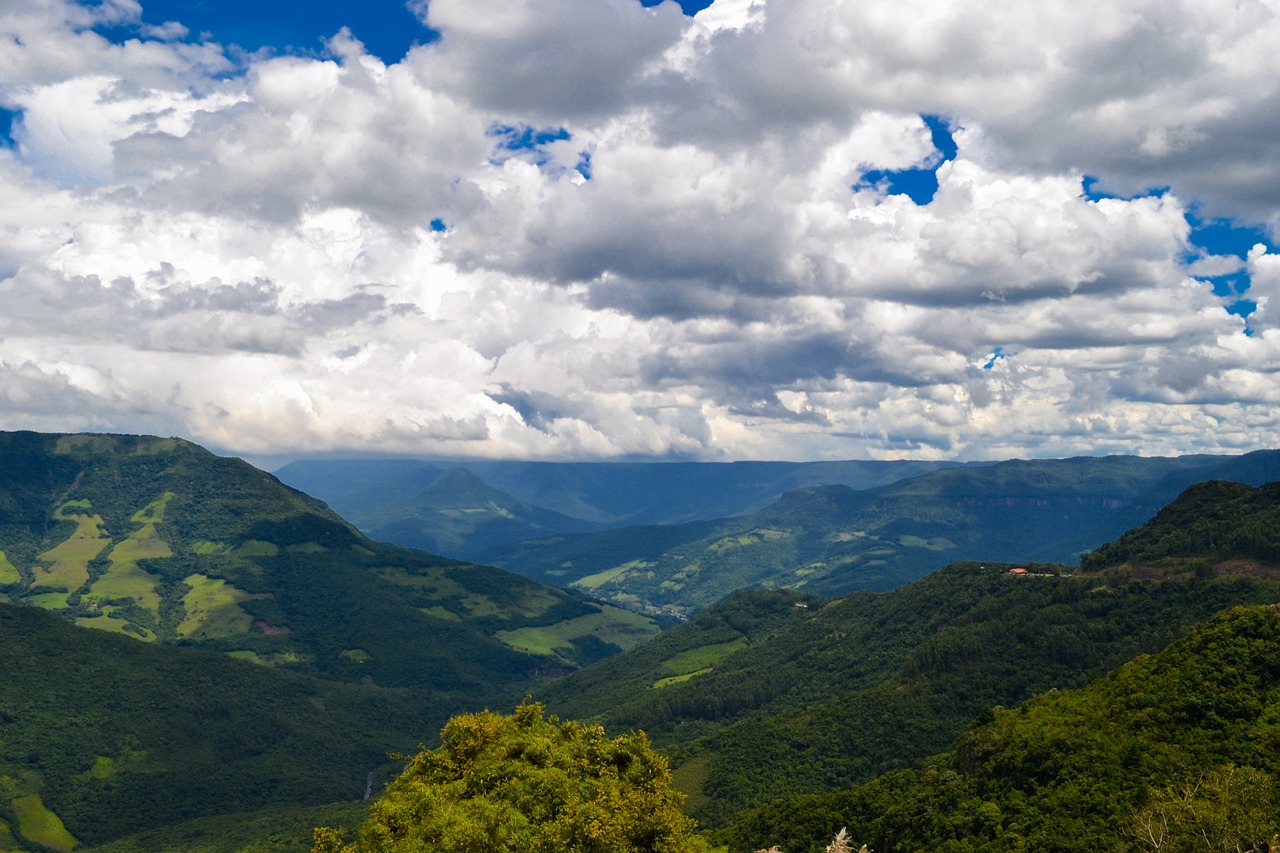
We evaluate alternative restoration prioritization strategies for the two mammal species with widely different dispersal abilities and habitat patch requirements. Our strategies focused on minimizing cost while meeting targets for biogeographical subregion representation and habitat availability metrics. We evaluated solutions based on the expected post-restoration improvement in habitat availability per unit cost.
Substantial improvements in habitat availability that benefit both species can be realized for minimal additional cost relative to solutions based solely on cost-minimization and biogeographical subregion representation. We demonstrate that metrics based on metapopulation theory can be quantified in complex systems and used in a systematic restoration prioritization approach to improve habitat availability cost-effectively. Concordance among priority areas for restoration for species with widely different dispersal abilities and habitat patch requirements supports the idea that many species in the Brazilian Atlantic Forest might benefit from plans based on indicator species. This is particularly useful in data-deficient systems like the Brazilian Atlantic Forest.
Results
Restoration through land acquisition to improve habitat availability for both species and to ensure 20% forest cover within each of the Atlantic Forest biogeographical subregions would cost US$ 17.5–20.5 billion. The 12.6 and 11.4 million ha of restored forest resulted in an increase of 10.5% and 9.8% in habitat area and 5518% (55-fold) and 4100% (41-fold) in future habitat availability for Leopardus pardalis and Caluromys philander, respectively. We found a high degree of concordance (> 75%) among selected planning units for each species.
Including targets for the habitat availability metrics provided the greatest increase in future habitat availability for both species. These prioritizations tended to augment existing habitat patches making substantial contribution to current habitat availability (e.g. Araucaria subregion). Only in one case was future habitat availability higher for the minimum cost strategy compared to any of the other strategies that included habitat availability metric targets. This can be explained because of a strong spatial autocorrelation in the land acquisition cost that resulted in restoration efforts creating a large block of contiguous forest, which has a pronounced effect on the future habitat availability. In all strategies, the six biogeographical subregions achieved 20% of representation. The costs of restoration varied from US$ 17.5 to 20.5 billion based on species and restoration strategy. Minimum cost strategies were similar to strategies including targets for habitat availability metrics (US$ 19.7–20.5 billion for L. pardalis and US$ 17.5–17.6 billion for C. philander, respectively). As expected, the solution with the lowest costs was achieved by the minimum cost strategy, because the increase in the number of targets constrains the solution.

Simulated planning unit restoration for the most cost-effective strategy for: (a) Caluromys philander and (b) Leopardus pardalis.
References:
References
Crouzeilles, R., Beyer, H. L., Mills, M., Grelle, C. R. V. & Possingham, H. P. (2015) Incorporating habitat availability into systematic planning for restoration: a species-specific approach for Atlantic Forest mammals. Diversity and Distributions, 21, 1027–1037.
Contact Information:
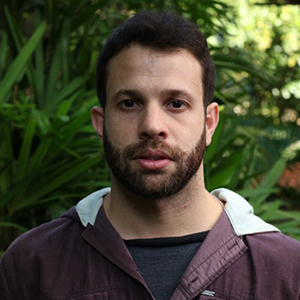
Dr Renato Crouzeilles
International Institute of Sustainability Rio/Australia

